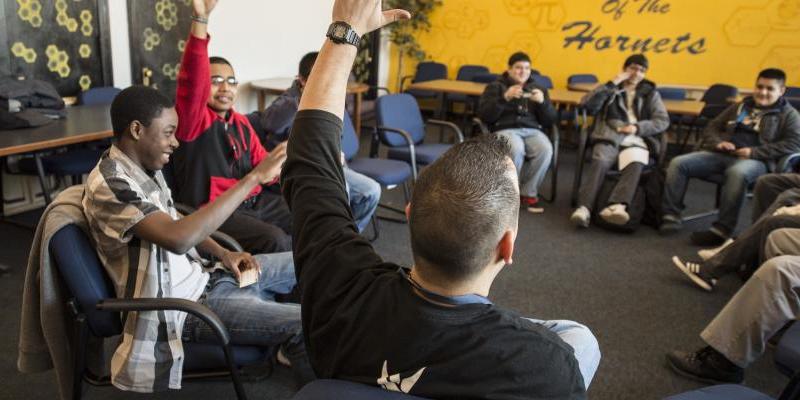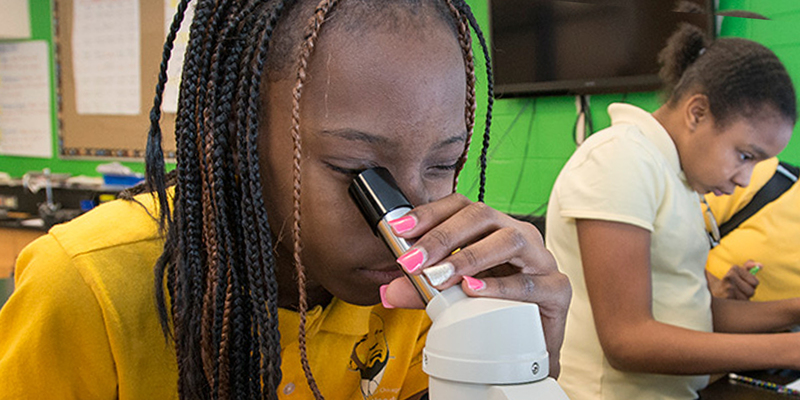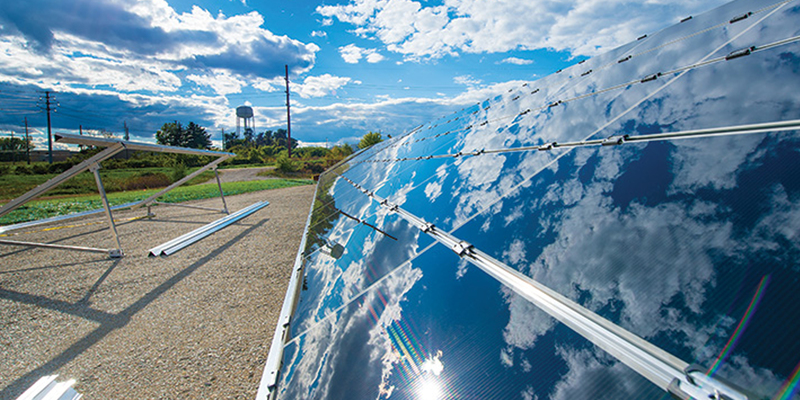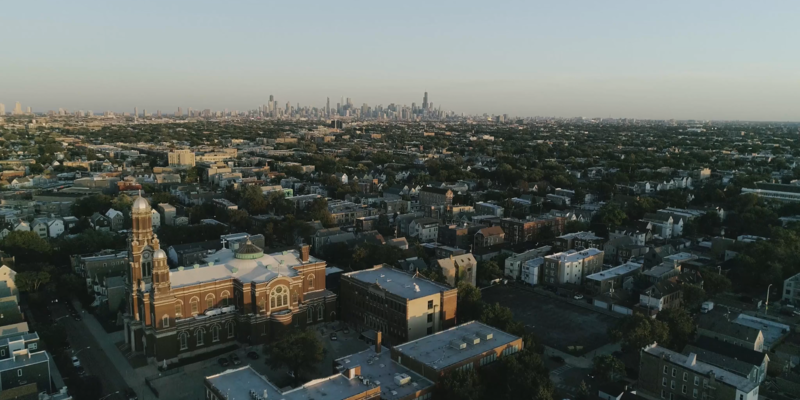Energy & Environment Lab Passive Cooling Technology
Housing in low-income communities in India is often constructed with materials that absorb high amounts of heat, requiring more energy to cool the home down. These communities often use cooling fans and air coolers for hours a day, raising their energy bills. By contrast, passive cooling technology helps homes retain less heat on the hottest days, keeping the home cool without using additional energy. By shifting to passive cooling, these homes could be less vulnerable to weather impacts and improve their resilience against climate change risks.
To address this challenge, the Energy & Environment Lab, the Tata Centre for Development, and EPIC-India have partnered with the Mahila Housing SEWA Trust (MHT) to evaluate the effectiveness of heat reflective paints on roofs in lowering indoor temperatures. While these paints are widely used, there is little rigorous evidence on their effectiveness outside of small-scale pilots.
For this study, MHT is painting the roofs of households in a resettlement colony in Delhi with heat reflective paint. University of Chicago researchers are working with MHT to evaluate the impact of these paints on indoor temperatures, energy expenditures, and overall wellbeing.
This project was one of the winning ideas in the Delhi Innovation Challenge which was a joint initiative of the Tata Centre for Development at the University of Chicago and the Dialogue and Development Commission of Delhi.





